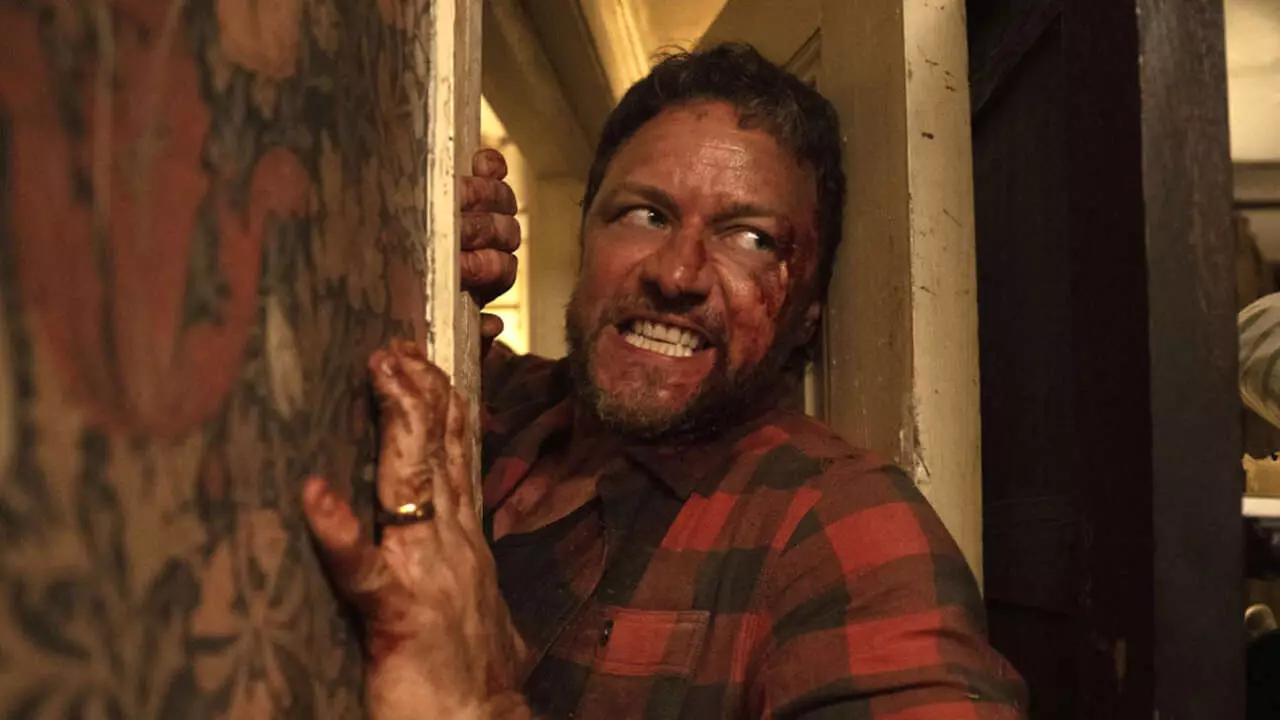The recent release of the American remake of “Speak No Evil” has sparked widespread discussion among both audiences and critics alike. While it enjoyed a modest opening week at the box office and is well on its way to recuperating its low production budget, the film’s reception isn’t all rosy. The stark contrast between the remake and the original, which was directed by Danish filmmaker Christian Tafdrup and released in 2022, reveals deeper cultural differences that affect storytelling in cinema. Tafdrup’s candid critique of the remake sheds light on the varying expectations audiences bring to films depending on their cultural backgrounds.
During a recent appearance on the Danish radio show “Kulturen,” Tafdrup expressed his dissatisfaction with the American adaptation, particularly disapproving of its more optimistic ending. In his view, this shift towards a traditional heroic narrative aligns with a pervasive aspect of American storytelling where good triumphs over evil. “I don’t know what it is about Americans,” he articulated, stating that they are often raised on tales where heroism prevails, subtly criticizing the American cinematic ethos for favoring a “happy ending” over the more complex and unsettling conclusions that characterize narratives from other cultures.
By opting for an uplifting wrap-up in the remake, Tafdrup believes that the essence of the horror genre—which often thrives on tension and unresolved conflict—deteriorates. He referred to the original’s conclusion, where characters face a grim fate, as being “dangerous” in a thought-provoking way. This raises the question: does reshaping narratives to fit audience preferences strip films of their intended impact?
Despite Tafdrup’s reservations, the American version’s financial success, grossing approximately $24 million against the $631,249 total of its predecessor, suggests that altering the narrative wasn’t a misstep but rather a savvy business move. Director James Watkins bridged the gap between international horror and mainstream American audiences, tailoring the film’s arc to align with their expectations and comfort. This adaptation speaks to the inherent flexibility of storytelling—catering to an audience’s cultural underpinnings while also maintaining a level of artistic integrity.
The stark differences in approach highlight a broader trend in cinema where local cultures shape narratives significantly. Audiences from different backgrounds may perceive the same story through disparate lenses, leading to various interpretations and emotional responses. Watkins’ decision to deliver a more positive resolution indicates an understanding of this cultural context, amplifying the film’s appeal to the American market.
The discourse surrounding the adaptation of “Speak No Evil” presents an essential conversation in the realms of film and cultural representation. While Tafdrup’s original vision provides a profound, albeit darker, exploration of human nature, the American remake emphasizes triumph and optimism, resonating with its audience’s expectations. This dichotomy raises questions about the extent to which artistic integrity should be sacrificed for commercial viability. Ultimately, navigating these cultural narratives will continue to be a pivotal challenge for filmmakers creating works that are both engaging and thought-provoking globally.


Leave a Reply